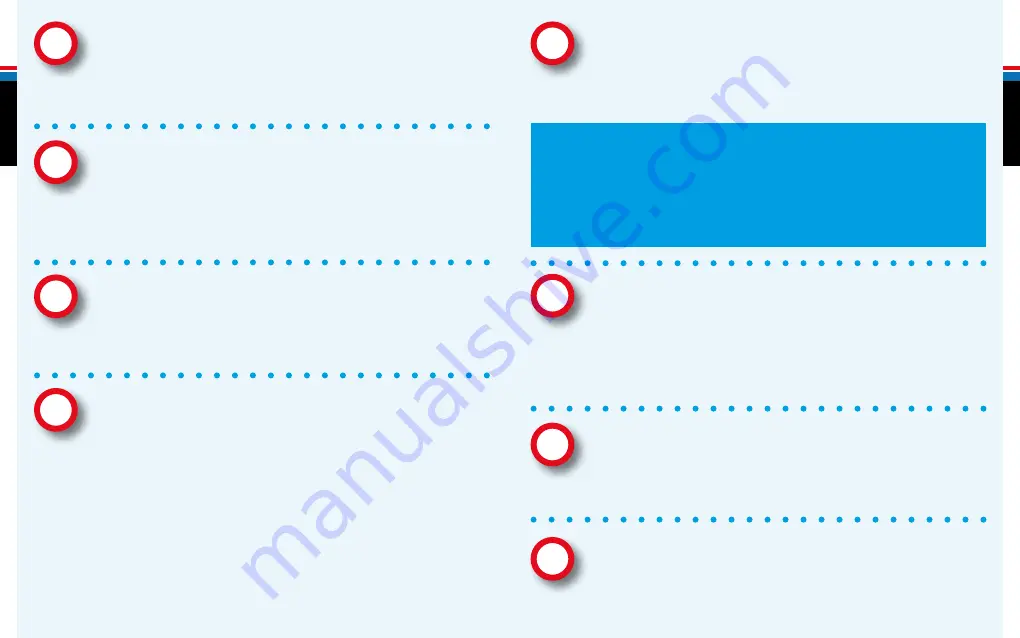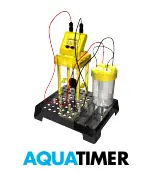
English
English
3
4
5
6
• As shown in fig. 3, attach the pendulum (10) under the clock base and insert the clock stand (8) on both
sides. Then, insert the whole assembly on the base plate (9).
• Install two spring connecters (12) on the base plate (9) narrow end down, push the spring as far as it
will go. Connect the red and black wires of the digital clock to the spring connectors at Position 1 and 2
respectively. (Fig.4) Bend the spring over to create a gap into which the metal wire is inserted.
• As shown in figure 5. fill both partitions of the liquid container (6) with juice or soft drinks or vinegar up
to about 1 cm below the top. This liquid is the electrolyte of the battery.
• Install the container cover (7) and insert the copper (4) and zinc (5) strips as shown in fig. 6. They are
called the electrodes of the battery. Do not let the metal strips touch each other. Note that you need
to have one copper and zinc strip in each partition to make it work. Also note that the copper strips are
reddish brown in colour and the zinc strips are bluish grey.
7
10
8
Assembling your bAttery-powered CloCk
9
• You’re done! Insert two AA sized batteries according to the polarity indicated. (fig.10)
• Repeat fig. 2 and 3 in the last section to assemble the watch module. Remove the liquid battery of the
last experiment from the base plate.
• Install three spring connectors (12) on the base plate (9) and connect the red and black wires of the
battery compartment to the spring connectors at position 1 and 2 respectively. (fig 8)
• As shown in fig. 9 install the resistor (ll) in the base plate and connect the wires to the spring connectors
as below: Watch module red wire – 3 Watch module black wire – 2 Resistor red wires – 1, 3
• As shown in fig. 7 connect the red and black wire of the liquid battery in last step to the spring
connectors at position 1 and 2 respectively. You’re done! The digital clock is now powered up.
The digital clock needs electricity to work. Electricity is produced by the flow of microscopic particles
called electrons, and the battery you just made provides this stream of electrons, or electric current.
What happens are the chemical reactions at the zinc and copper strips with the acidic liquid cause
electrons to flow when a wire is connected between them. Like any battery, this type of battery has a
limited life. Hydrogen is produced at the copper electrode while the zinc electrode acquires deposits of
oxides that act as a barrier between the metal and the electrolyte. To revitalize the liquid battery, clean
the metal strips with sandpaper and refill the container with fresh liquid.




















